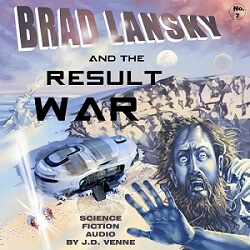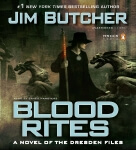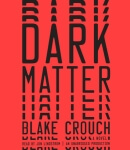
 Not from Space: 20th Anniversary Edition
Not from Space: 20th Anniversary Edition
Written and Produced by Jeffrey Michael Bays
Performed by a full cast
1 hour 45 minutes – [AUDIO DRAMA]
Publisher: Borgus
We join Earth on May 5, 2000. It’s a time of economic prosperity, technicnological renaissance. And everyone is focused on… themselves.
Back in 2003, I reviewed a wonderful audio production called “Not from Space” by Jeffrey Michael Bays at Borgus. I called it then a “brilliant piece of satire” and am even more enthusiastic about this 20th anniversary edition, which improves on the pioneering audio that came before in many ways, including some new voices and high-quality audio throughout.
Many things have changed in the real world in the last 20 years, and “Not from Space” has proven to be downright prophetic in its spot-on satire. The listener is treated at the opening with talk radio that has cranked advertising to a ludicrous level. The speed at which the station can take a news story, slap a title on it, and wrap it in urgent audio is as disheartening as it is true on our actual news sources. Banter between callers and the encouraging hosts is also something I’ve heard plenty.
The setting of the audio is the year 2000. The news station covers a speech given by Bill Gates, who at the time was still running the Microsoft Corporation. Into the mix comes the owner of the corporation that owns the radio station, Jim Thomas, who takes over host duties after a thrilling on-air firing of the regular host. From there a science fiction story unfolds that owes a hat-tip to Orson Welles. The rich audio leads to a satisfying ending that left me contemplating greed and corporate power.
In short, Not from Space is even more relevant today than it was on its release in 2003, and this updated version sounds even better. It’s terrific satirical science fiction that will have you laughing at times and leave you shaking your head at the state of things at others. This is engaging, high quality audio that’s well worth your attention.
Some places you can find Not from Space!
— Spotify
— Apple
— Amazon
Posted by Scott D. Danielson




